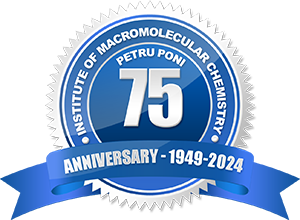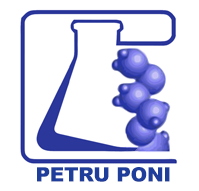Project Code: PN-III-P1-1.1-TE-2021-1068, Contract nr. TE132/2022
Acronim: CPM-NAD
Duration: 24 months; Starting Date: 15.05.2022
Funding Programme: Human Resources; Subprogram: Young Research Teams
Contracting Authority: Executive Agency for Higher Education, Research, Development and Innovation Funding
Conjugated microporous polymers (CMPs) are appealing materials for detecting specific analytes owing to their exceptional π-conjugation framework, large specific surface area, photoluminescence, and electroconductive properties. Despite the advances made in this field, several significant limitations remain open for improvement: the poor solubility of chemically synthesized polymers, predicting porosity based on the structural architecture of tecton-like building blocks, and electrochemical analyte detection. Electro-oxidative polymerization and emulsion polymerization offer solutions to the primary issue of CMP processability by directly generating polymeric architectures (either in form of coatings or as microparticles) and addressing aspects related to the uniformity, porosity, and fine-tuning structural properties of resulting networks. Furthermore, these techniques could lead to microporous architectures with high active surface areas, circumventing processability issues by enabling direct formation and easy dispersal in the environmental medium. |








